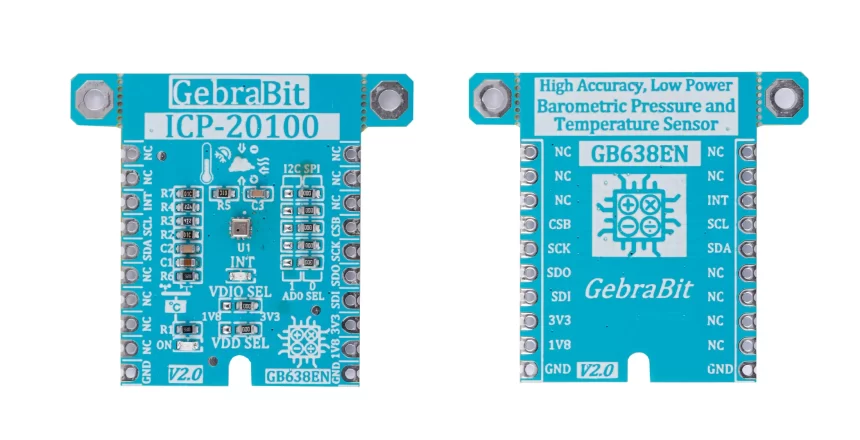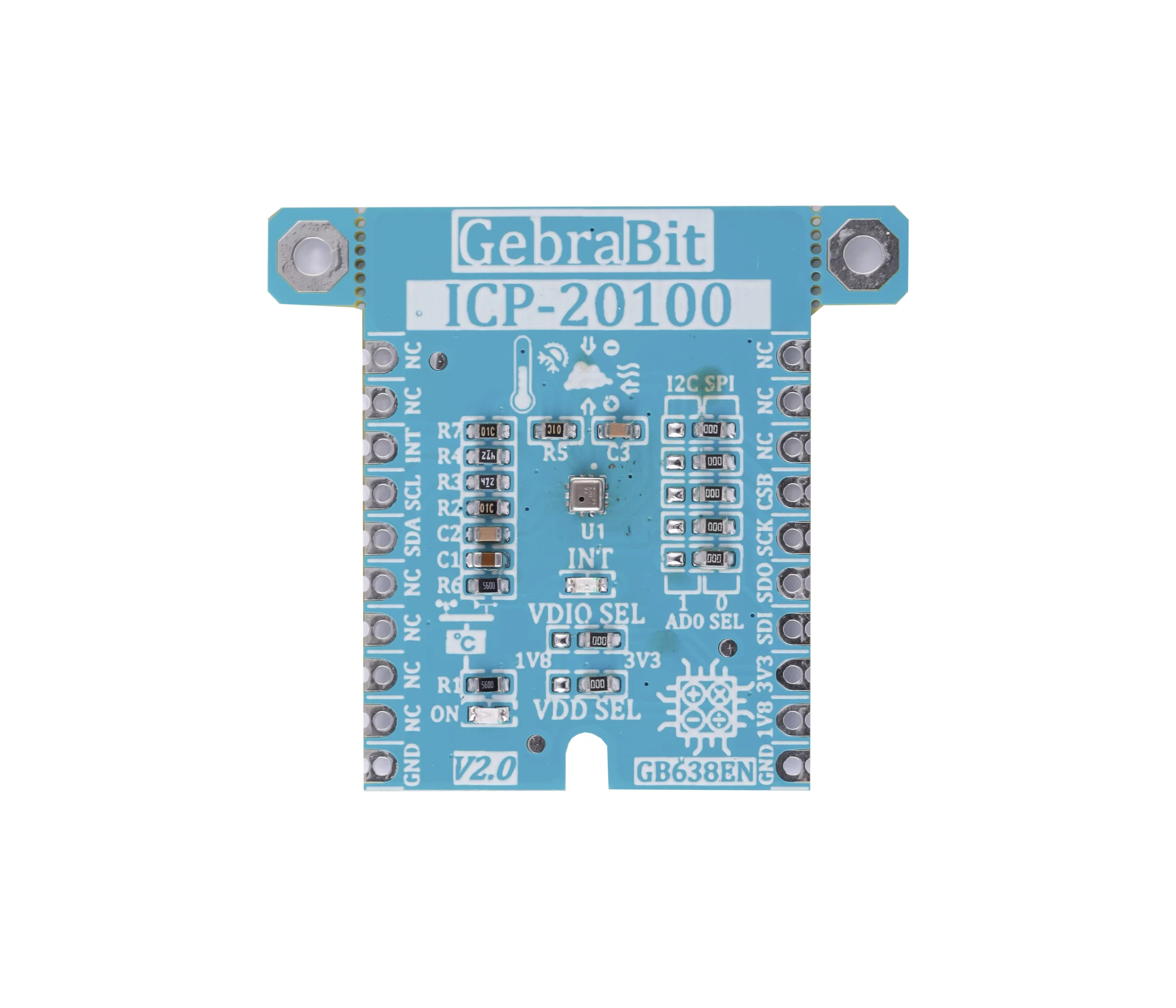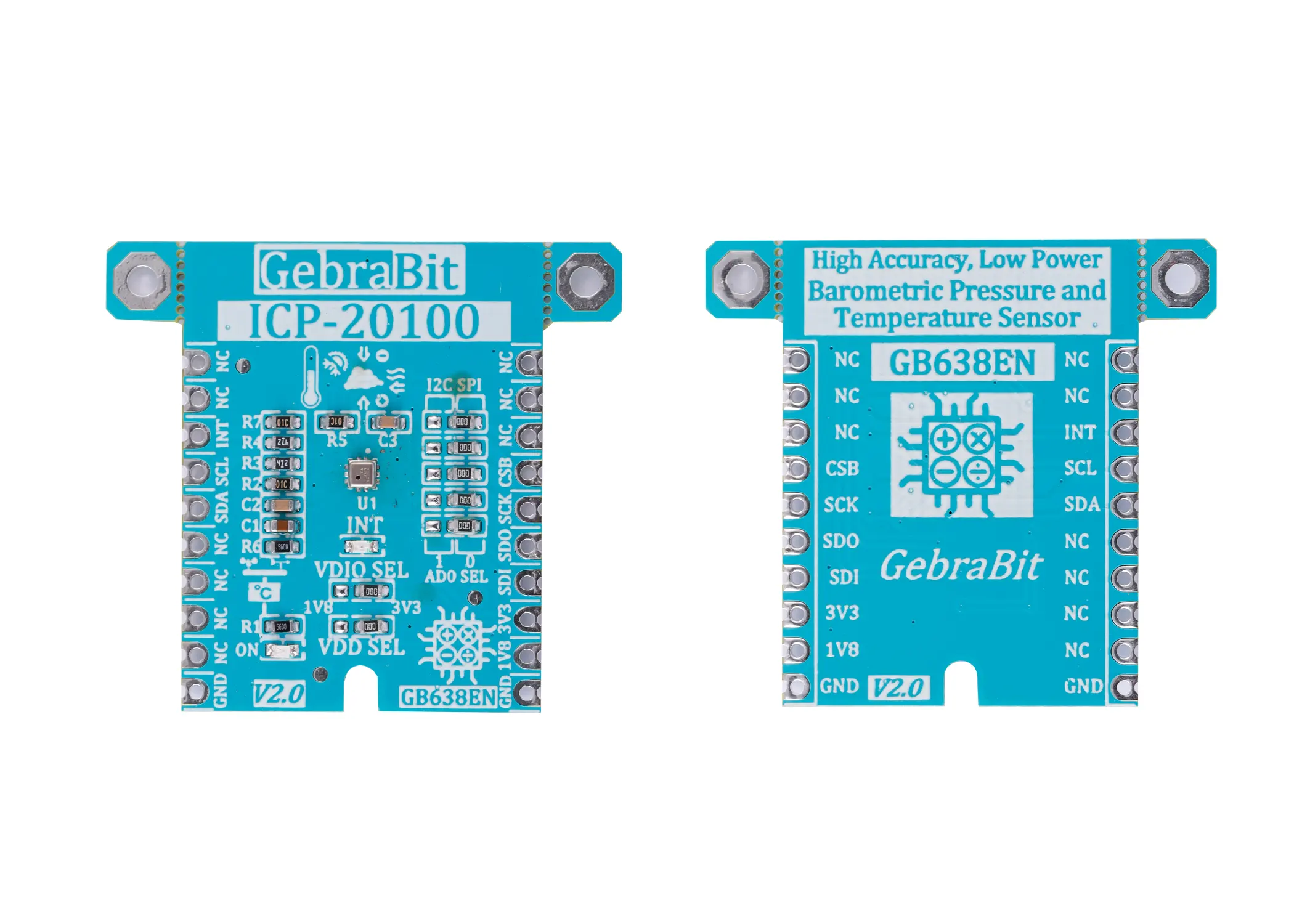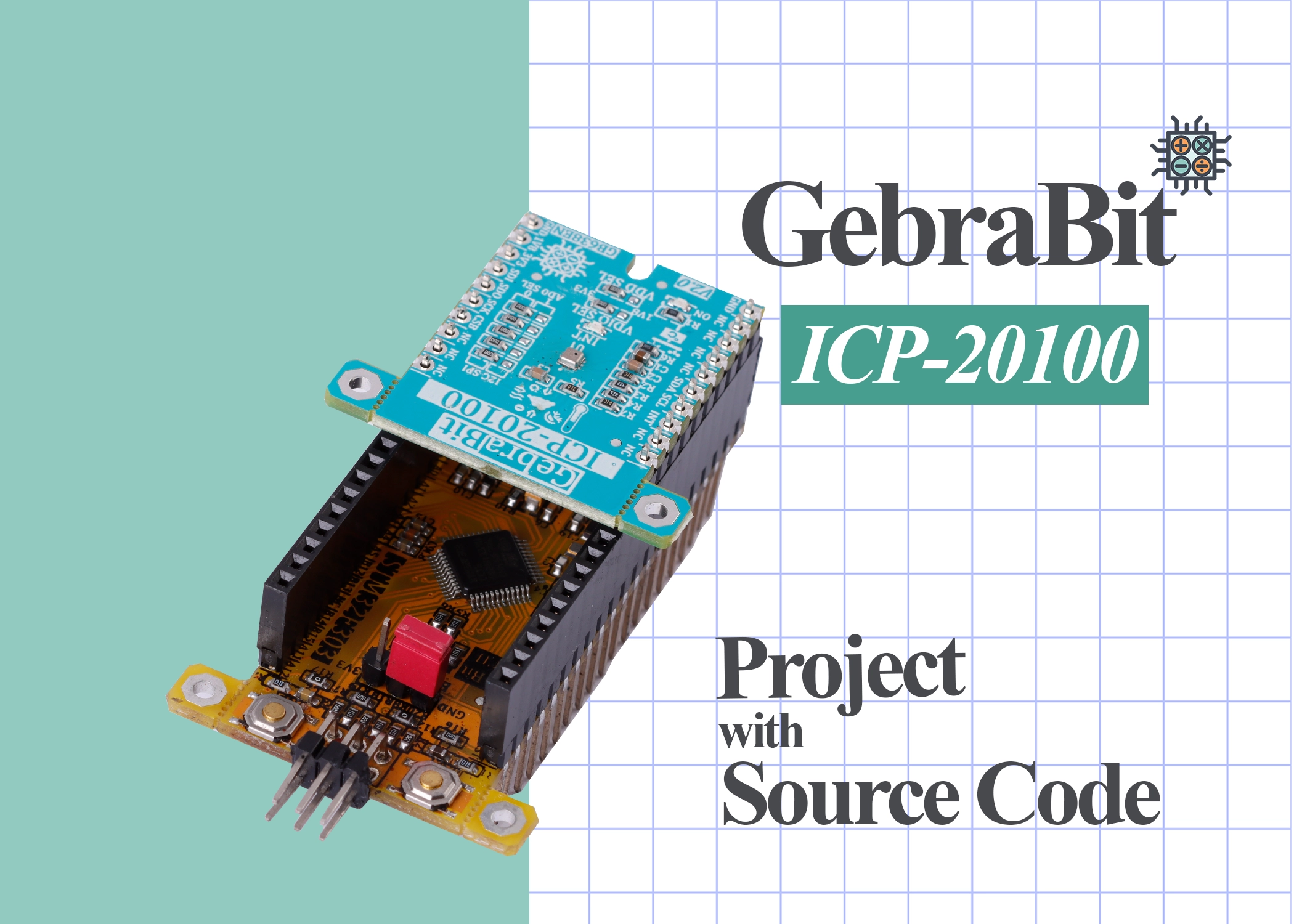Pressure is an expression of force exerted on a surface per unit area. We commonly measure the pressure of liquids, air, and other gases, amongst other things. The standard unit for pressure is the “Pascal”. This is equivalent to one “Newton per meter squared”. A pressure sensor simply monitors this pressure and can display it in one of the several units known around the world. This is commonly the “Pascal”, “Bar”, and “PSI” (Pounds per Square Inch) in the United States. In a nutshell, a pressure sensor converts the pressure to a small electrical signal that is transmitted and displayed. These are also commonly called pressure transmitters because of this. Two common signals that are used are “4 to 20” milliamps signal and “0 to 5” Volts signal.
Most pressure sensors work using the piezoelectric effect. This is when a material creates an electric charge in response to stress. This stress is usually pressure but can be twisting, bending, or vibrations. The pressure sensor detects the pressure and can determine the amount of pressure by measuring the electric charge. Pressure sensors need to be calibrated so it knows what voltage or milliamp (mA) signal corresponds to what pressure.
There are three common types that we use in the industry: “Gauge Pressure”, “Absolute Pressure” and “Differential pressure”.
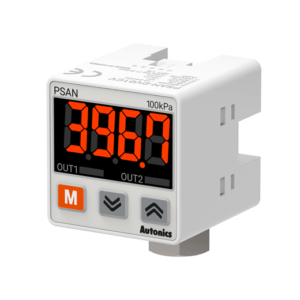
A barometric pressure sensor is a sensor that detects atmospheric pressure.
There are different types of pressure sensors that measure pressure using different materials and methods and are classified based on the pressure values they measure.
Among these, sensors that detect atmospheric pressure are called barometric pressure sensors.
A temperature sensor is a device used to measure temperature. This can be air temperature, liquid temperature or the temperature of solid matter.
There are different types of temperature sensors available and each of them uses different technologies and principles to take the temperature measurement. Different types of temperature sensors are: Thermistors, RTDs, Thermocouples and Temperature Probes…
Temperature sensors are used to measure temperature in many different applications and industries. They are all around us; present in both everyday life and more industrial settings. Some application examples are: Industrial Applications) Monitoring various machinery and environments, power plants, manufacturing), Scientific and laboratory applications (Science and biotech monitoring.), Medical Applications(Patient monitoring, medical devices, gas analysis, thermodilution cardiac catheters, humidifiers, ventilator flow tubes, dialysis fluid temperature.), Motorsport (Exhaust gas, inlet air temperature, oil temperature and engine temperature measurements.), Domestic appliances (Kitchen appliances (ovens, kettles etc) as well as white goods.), HVAC applications (Heating ventilation and air conditioning devices either commercial or domesticated.)
An overview of the ICP20100 sensor

The ICP-20100 pressure sensor provides a high-accuracy, low power, barometric pressure and temperature sensor solution that integrates a capacitive pressure sensor for monitoring pressure changes in the range of 30 to 110 kPa.
The ICP-20100 integrates a DSP module for on-chip calibration with an Analog-to-Digital converter (ADC), digital filtering, a FIFO and has I²C, I3CSM, and SPI interfaces available.
Specification
Application
- Output type: Digital – I2C or I3C or SPI
- Pressure range: 30 to 110 kpa
- Pressure Resolution: 20 Bit
- Operating temperature range: -40°C to +85°C
For more specifications, please refer to datasheet
- Smartphones and Tablets
- Wearable Sensors
- Home and Building Automation
- Weather Stations
ICP20100 module Key Features
- Selectable module power supply and I/O logic voltage between1V8 and 3V3
- On Board Selectable protocol between I2C and SPI
- On Board Selectable I2C address
- On Board, ON/OFF LED indicator
- On Board LED indicator for sensor interrupt
- GEBRABIT Pin Compatible with GEBRABUS
- It can be used as a daughter board of GEBRABIT MCU Modules
- Featuring Castellated pad (Assembled as SMD Part)
- Separatable screw parts to reduce the size of the board
- Package: GebraBit small (36.29mm x 32.72mm)
GebraBit ICP20100 module

GEBRABIT ICP-20100 is a High Accuracy Barometric Pressure and Temperature Module.
GebraBit ICP-20100 module can operate with “1V8” or “3V3” supply Voltages by Considered “VDD SEL” jumper selector. Also there is another jumper named “VDIO SEL “, which is regarded to select logic level voltage of module I/O pins between “1V8” and “3V3”. This feature helps to use a wide range of microcontrollers for interfacing with this module.
User can interface with GebraBit ICP-20100 by either I2C or SPI protocol. This is achieved by dedicated four selector jumpers on the top right of the GebraBit ICP-20100 module.
Due to the fact that it is difficult to access the sensor pins, the user needs a starter circuit and driver for the hardware development and of course the software development of the ICP20100 sensor. For the convenience of users, this work has been done by implementing the ICP20100 sensor circuit and providing access to the communication and power supply signal pins, with the ability to select the I2C or SPI communication protocol and the operation voltage and logic level of the communication protocols.

It is enough to put the GebraBit ICP20100 module in the BreadBoard, then by applying the proper voltage and choosing the I2C or SPI communication protocol, set up the GebraBit ICP20100 module with any of Arduino, Raspberry Pi, Discovery board, and especially we recommend using GebraBit microcontroller development modules (GebraBit STM32F303 or GebraBit ATMEGA32 module) then receiving the data.

The reason for our recommendation when setting up the GebraBit ICP20100 module with GebraBit microcontroller development modules (such as GebraBit STM32F303 or GebraBit ATMEGA32), is the presence of an internal 3V3 regulator on these modules and the compatibility of the pin order of all GebraBit modules together (GEBRABUS standard), it’s enough to Put the ICP20100 in the corresponding socket as shown in the above picture and develop the desired sensor module without the need for wiring.
Introduction of module sections

ICP20100 sensor
ICP20100 is the main IC of the following module which is responsible for monitoring pressure and temperature. It is located in the center of the module and its circuit is designed.

Communication protocol selection jumpers
If the 0R resistors of all Selector Jumpers are to the left side, the I2C protocol is selected.

If the 0R resistors of all Selector Jumpers are to the right side, the SPI protocol is selected.

AD0 SEL jumper
If the I2C protocol is selected, the state of AD0 SEL jumper, determines the I2C address of the sensor (0 => 0x63 or 1 =>0x64).

By default the 0R resistor is set to 0 and the address 0x63 is selected.
VDIO SEL jumper
According to the state of 0R resistance of this jumper, the logic level of digital communication (I2C or SPI) of the sensor is selected between 1V8 and 3V3.

By default the digital communication logic level (I2C or SPI) of the sensor is selected 3V3.
VDD SEL jumper
According to the state of 0R resistance of this jumper, the main voltage of power supply the sensor is selected between 1V8 and 3V3.

By default the main sensor power supply voltage is 3V3.
Interrupt LED
A dedicated LED is considered for the interrupt pin on the module and its status changes when the interrupt state changes according to the sensor data sheet.

LED power supply
According to the state of the VDD SEL jumper and applying voltage to the module by the corresponding pin, the LED of the module will be lit.

GebraBit ICP20100 Module pins

Supply pins
- 3V3 and 1V8: These pins can supply the sensor main power supply and the logic level of the sensor digital connection (I2C or SPI) according to the state of the VDDSEL and VDIOSEL selector jumpers.
- GND: This is the common ground pin for power and logic level of the sensor.

I2C pins
By using the on-board embedded Jumper selectors, you can choose the type of module communication . If the 0R resistors of all the Jumper Selectors are to the left side, the I2C protocol is selected. AD0 SEL jumper status is the I2C address of the sensor (0x63 or 0x64 ).
- SDA: This pin is the I2C communication data pin, which is connected to the corresponding data pin in the microcontroller(processor). According to the state of the VDIOSEL jumper, you can use the logic level with a voltage of 1V8 or 3V3.This pin is pulled up with a resistor.
- SCL: This pin is the I2C communication clock pin, which is connected to the corresponding clock pin in the microcontroller (processor). Depending on the state of the VDIOSEL jumper, you can use the logic level with a voltage of 1V8 or 3V3. This pin is pulled up with a resistor.

SPI pins
The type of communication with the module can be selected by using the on-board embedded Selector Jumpers. If the 0R resistors of all the Selector Jumpers are to the right side, the SPI protocol has been selected. The state of the AD0 SEL jumper has no effect in this case.
- SDI (MOSI): This pin is used to send data from the microcontroller (processor) to the module (sensor). The abbreviation of this pin is derived from the Latin phrase Serial Data In / Microcontroller Out Sensor In.
- SDO (MISO): This pin is used to send data from the module (sensor) to the microcontroller (processor). The abbreviation of this pin is derived from the Latin phrase Serial Data Out / Microcontroller In Sensor Out.
- SCK: This pin is the clock pin for SPI communication, which is considered as an input for the sensor and is connected to the corresponding clock pin in the microcontroller (processor).
- CS: This pin is the Chip Select pin for SPI communication with the module (sensor), which is selected by applying LOW voltage (0V), the module (sensor) for SPI communication. This pin is input type for the sensor.

If you want to use several GebraBit ICP20100 modules at the same time, it is enough to connect the SDO, SDI, SCK pins of all modules and the microcontroller (processor) and assign a unique pin to each CS.
Interrupt pin
INT: Interrupt pin for ICP20100 sensor, according to the datasheet, the user can set the interrupt conditions, the modes and methods of the interruption, etc.

Connect to the processor

I2C connection with GebraBit STM32F303
First, make sure that the I2C protocol is selected by using the on-board jumpers, then for I2C connection of GebraBit ICP20100 and GebraBit STM32F303 microcontroller module, after defining SDA and SCL on pins PB9 and PB8 (for convenience in STMCUBEMX), follow the below steps:
- Connect the 3V3 pin of the ICP20100 module to the 3V3 output pin of the microcontroller module. (Red wire)
- Connect the GND pin of the ICP20100 module to the GND pin of the microcontroller module (Black wire).
- Connect the SCL pin of the ICP20100 module to the PB8 pin of the microcontroller (SCL) module (Blue wire).
- Connect the SDA pin of the ICP20100 module to the PB9 pin of the microcontroller (SDA) module. (Yellow wire)
You can see how to connect the above mentioned steps in this picture:

Note: Considering that the PA14 pin of the GebraBit STM32F303 microcontroller module is used to program the microcontroller, I2C setting on the PA14 and PA15 pins is impossible in this version, so in this version for I2C connection with the GebraBit STM32F303 microcontroller module, GebraBit ICP20100 module cannot be placed on it as Pin to Pin. To make a more convenient connection between the two modules, you can select the SPI protocol by using the on-board jumpers and then place the GebraBit ICP20100 module as Pin to Pin on the GebraBit STM32F303 module.
SPI connection with GebraBit STM32F303
First, make sure that the SPI protocol is selected by using the on-board jumpers, then for connecting GebraBit ICP20100 module to the GebraBit STM32F303 microcontroller module with SPI protocol, after defining SDI, SDO, SCK, and CS on pins PB5, PB4, PB3, and PC13 (For ease of work in STMCUBEMX) place the GebraBit ICP20100 module Pin to Pin on the GebraBit STM32F303 module easily. Here, for better understanding, the separate connection of these two modules is shown:

SPI or I2C connection with GebraBit ATMEGA32A
Considering that the SPI and I2C pins of the ATMEGA32A microcontroller are based on the GEBRABUS standard and correspond to the SPI and I2C pins of other GEBRABIT modules, the GebraBit ICP20100 module can be placed pin to pin on the GebraBit ATMEGA32A module and communicate with the GebraBit ICP20100 module via SPI or I2C by changing the state of the protocol selection jumper resistors Here, for better understanding, the separate connection of these two modules is shown:


Note: If you are using GebraBit microcontroller modules, note that the power jumper selectors of the GebraBit ICP20100 are set to 3V3 so that you can easily power-on the GebraBit ICP20100 module by getting the 3V3 voltage from the microcontroller module.
I2C Connection with ARDUINO UNO
First, make sure that the I2C protocol is selected by using the on-board jumpers, then follow the below steps to connect the GebraBit ICP20100 module to the ARDUINO UNO via I2C :
- Connect the 3V3 pin of the ICP20100 module to the 3V3 output pin of the ARDUINO UNO board. (Red wire)
- Connect the GND pin of the ICP20100 module to the GND pin of the ARDUINO UNO board (Black wire).
- Connect the SCL pin of the ICP20100 module to the A5 pin of the ARDUINO UNO board (SCL). (Blue wire)
- Connect the SDA pin of the ICP20100 module to the A4 pin of the ARDUINO UNO board (SDA). (Orange wire)
You can see how to connect the above mentioned steps in this picture:

SPI Connection with ARDUINO UNO
First, make sure the SPI protocol is selected using the on-board jumpers, then follow the below steps to connect the GebraBit ICP20100 module to the ARDUINO UNO via SPI:
- Connect the 3V3 pin of the ICP20100 module to the 3V3 output pin of the ARDUINO UNO board. (Red wire)
- Connect the GND pin of the ICP20100 module to the GND pin of the ARDUINO UNO board (black wire).
- Connect the SDI pin of the ICP20100 module to the D11 pin of the ARDUINO UNO board (SDI). (Yellow wire)
- Connect the SDO pin of the ICP20100 module to the D12 pin of the ARDUINO UNO board (SDO). (Purple wire)
- Connect the SCK pin of the ICP20100 module to the D13 pin of the ARDUINO UNO board (SCK). (Orange wire)
- Connect the CS pin of the ICP20100 module to the D10 pin of the ARDUINO UNO board (SS). (Blue wire)
You can see how to connect the above mentioned steps in this picture:


